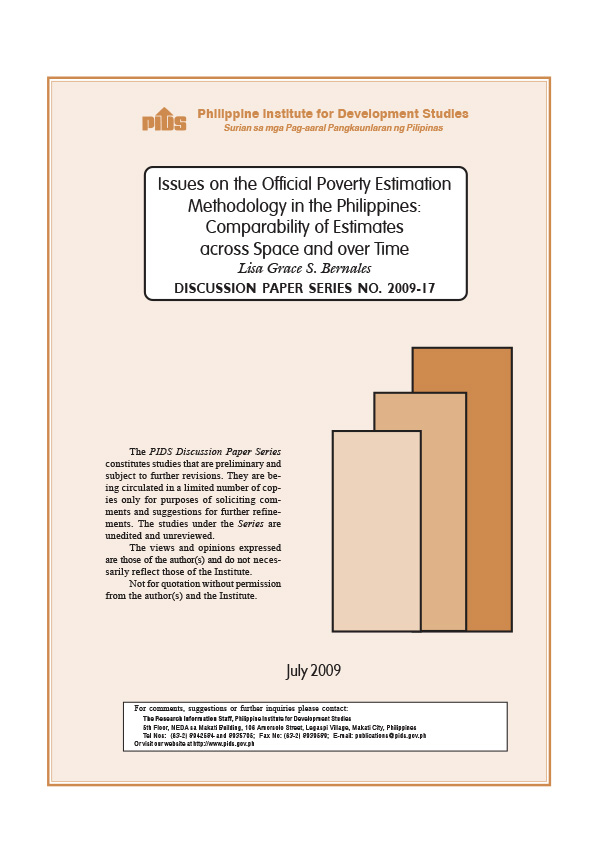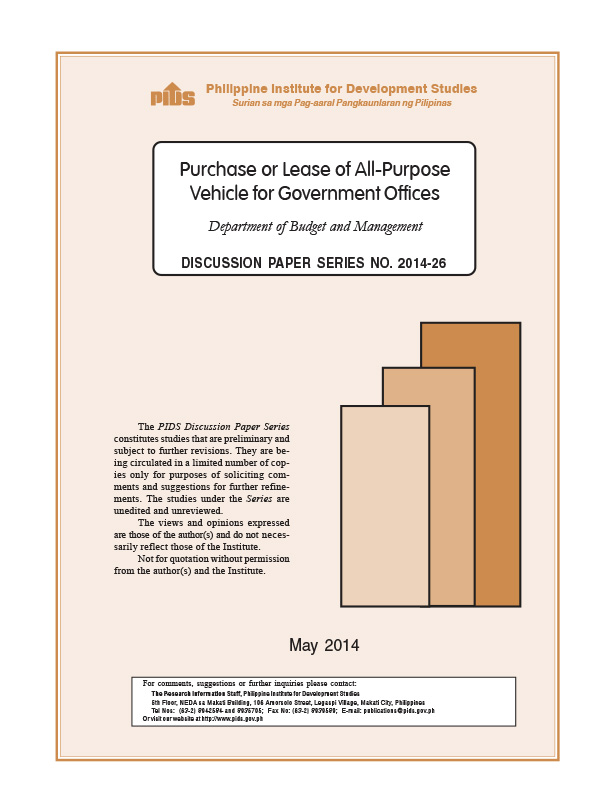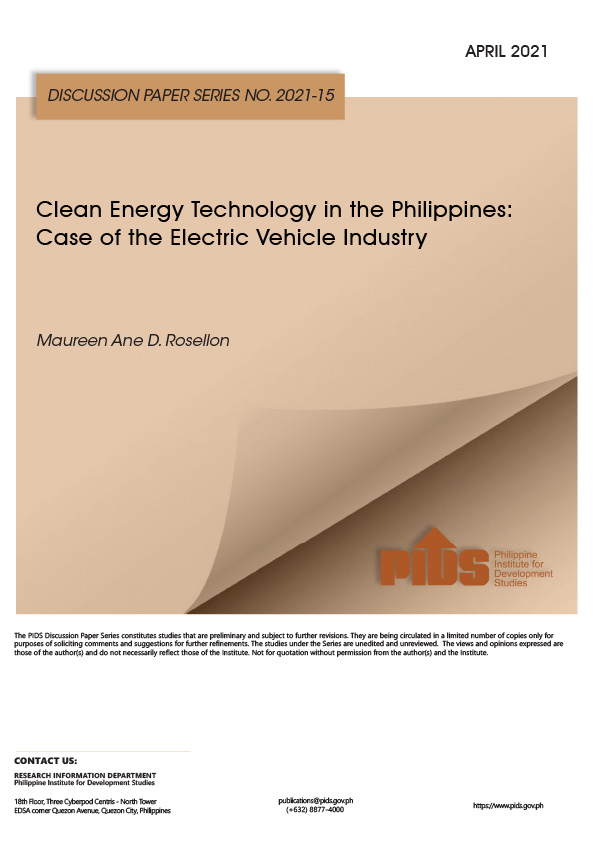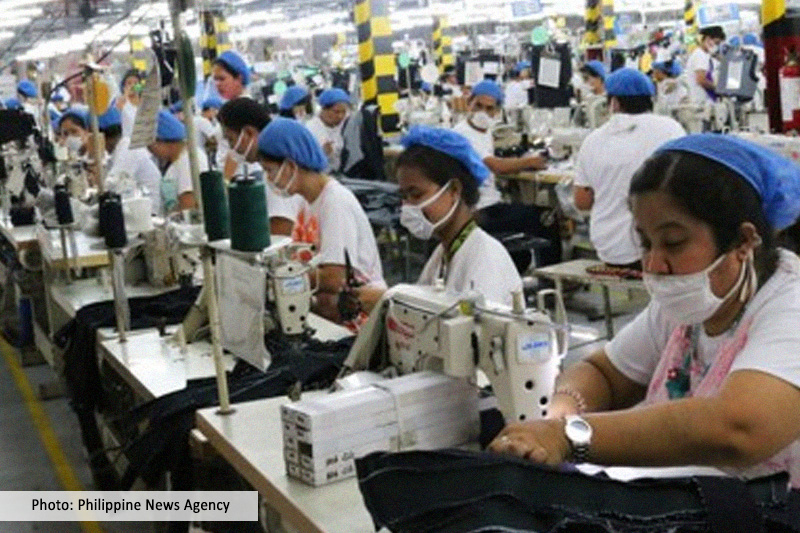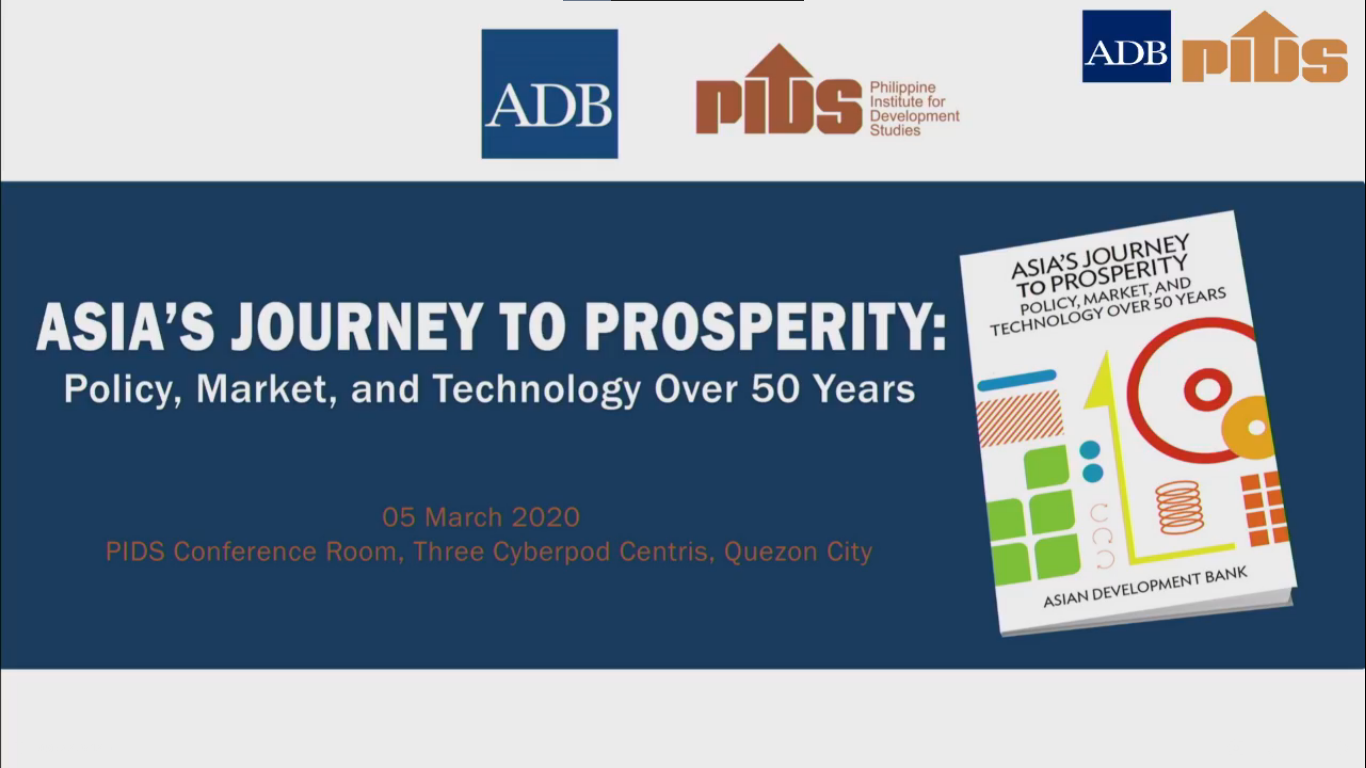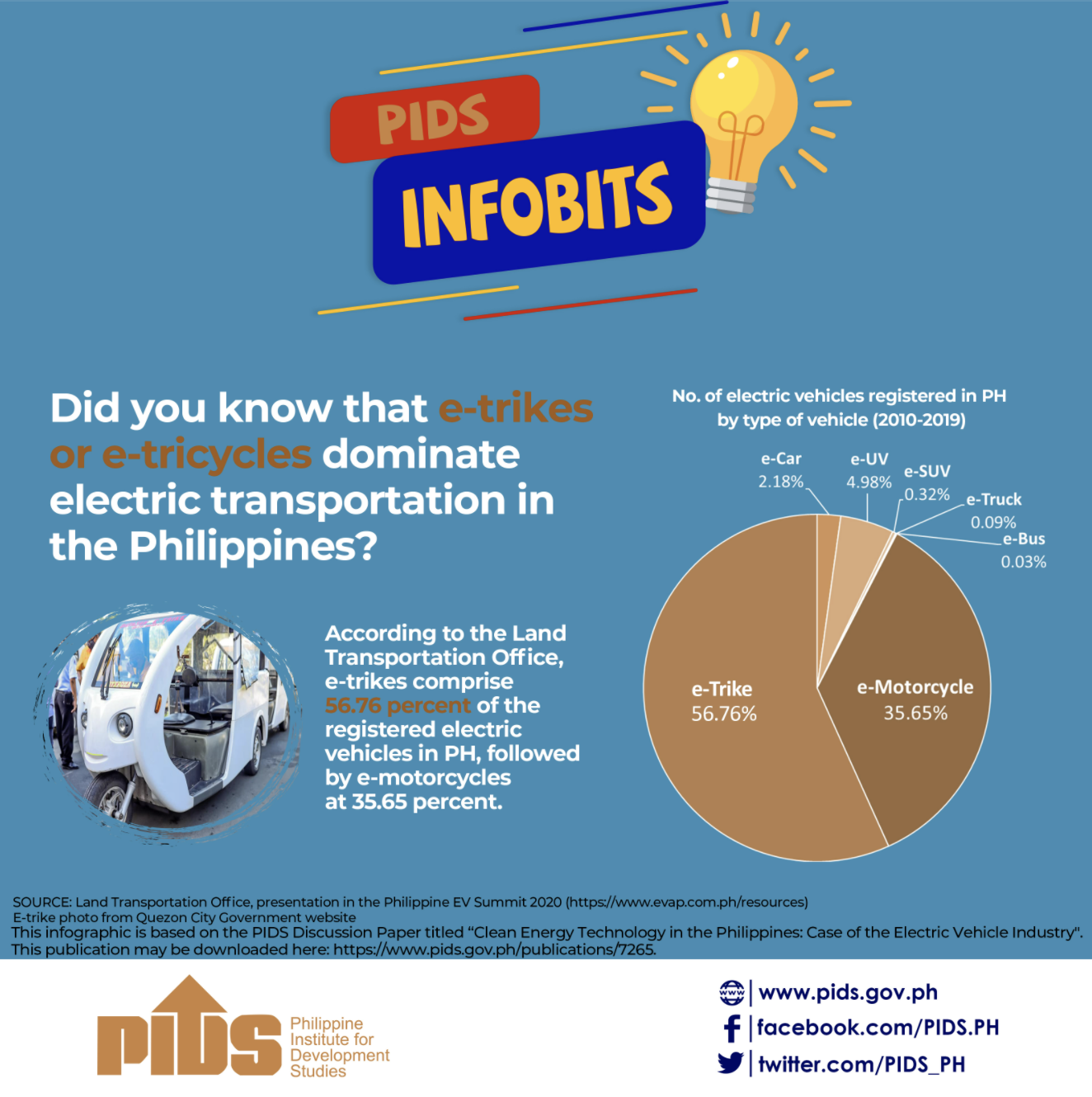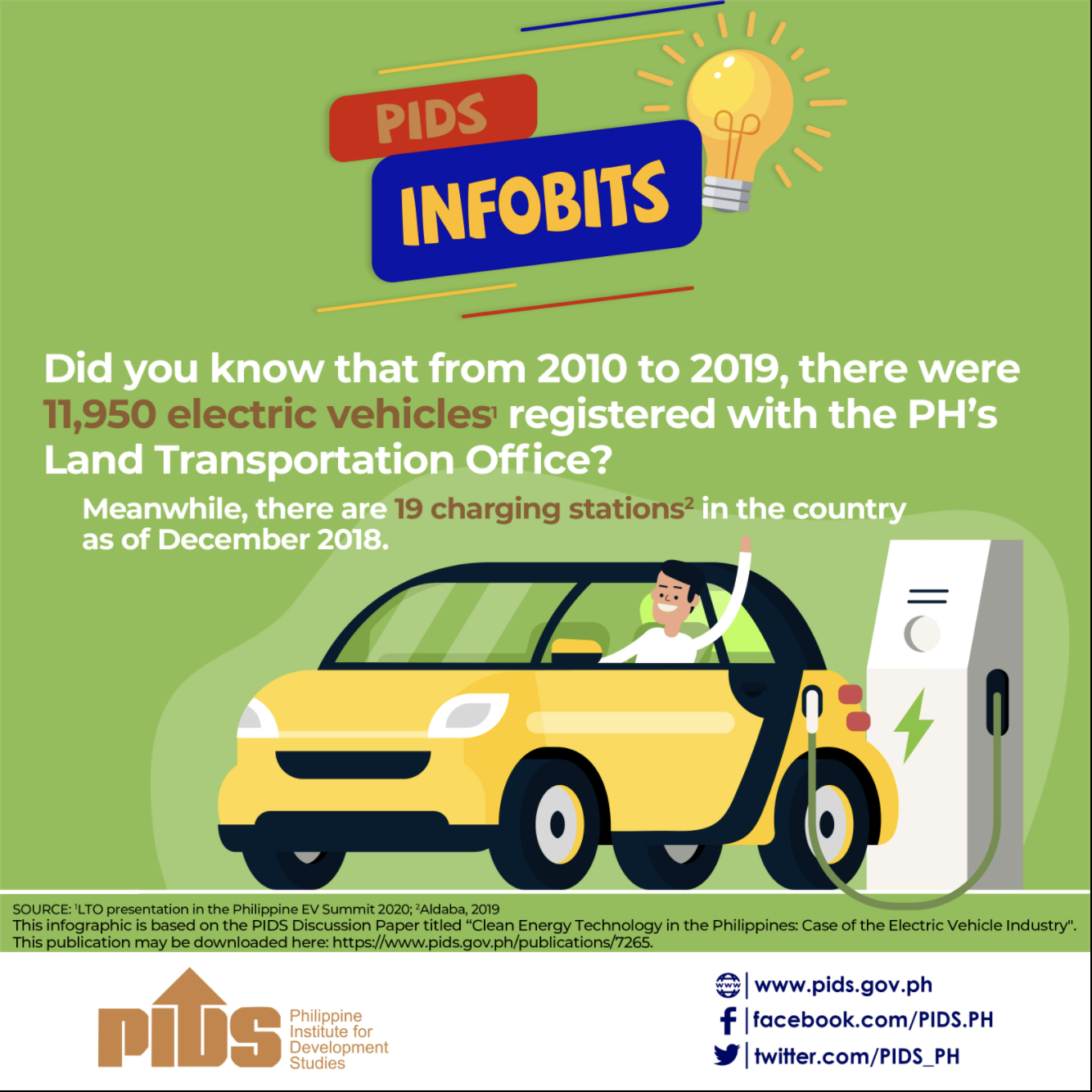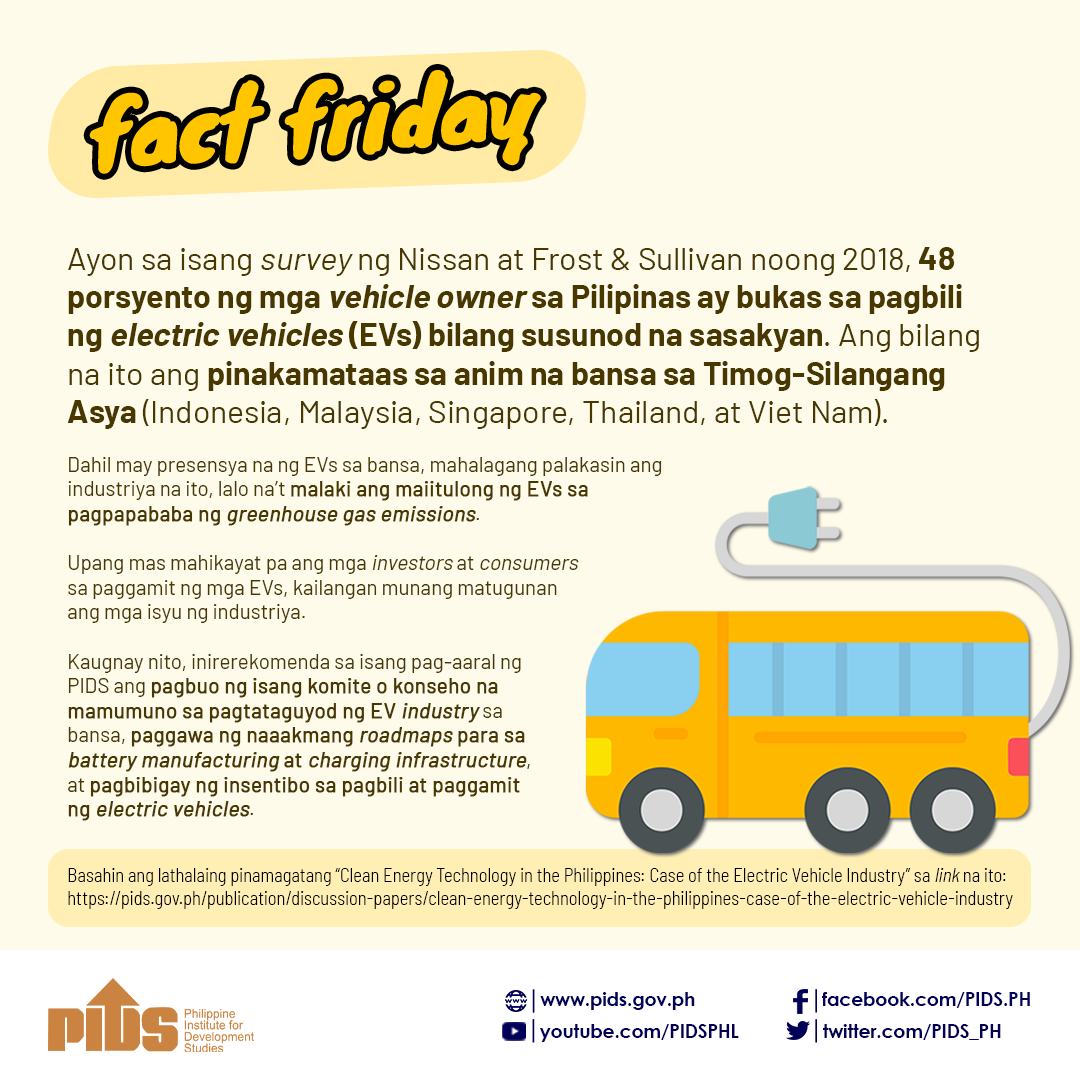THE national government spends an average of over P2 billion a year for the purchase and maintenance of its vehicles, according to a study released by the Philippine Institute for Development Studies (PIDS).
In a study, titled "Purchase or Lease of All-Purpose Vehicle for Government Offices,” the Department of Budget and Management (DBM) said between 2007 and 2011, the government spent a total of P12.12 billion, or an average of around P2.42 billion, a year for transportation equipment.
During that period, the government spent the most on transportation equipment in 2009, when it spent P4.54 billion to purchase and maintain vehicles. The government spent the least for vehicles in 2007, when it coughed up a total of P1.38 billion. In 2010 the government spent P2.1 billion, and in 2011 it spent P1.58 billion for transportation equipment.
"As a percentage share of the national procurement budget and total capital outlays, government purchase of transportation equipment for the years 2007 to 2011 ranges from 0.6 percent to 1.3 percent, and 1 percent to 2.1 percent, respectively. In the last two years, however, this has gone up, accounting for 2.3 percent to 4.4 percent of the total capital outlays,” the DBM said.
"Add to that is the cost of operating and maintaining the fleet. Available general data on MOOE [Maintenance and Other Operating Expenses] from the DBM, however, do not specifically reflect or indicate the costs of repairing and maintaining transportation equipment, which are likely to jack up over the years as the vehicles age and the warranties lapse,” it added.
To maximize the government’s spending for vehicles, the DBM study recommended that the government explores leasing for high-end vehicles and purchasing for low-end vehicles. The DBM added that for domestic vehicles, outright purchases would be more beneficial than leasing, regardless of technical specifications.
These were some of the findings of the study, which used the Net Present Value method, an accepted basis for determining the most desirable investment alternative. "The positive net present values obtained will ensue if the net salvage value of the assets exceeds the extra operating costs of owning, or the purchase price, less depreciation tax savings, is less than the burden of the lease payments,” the study stated. "The latter appears to be truer in this case, as accumulated cost of renting in the country has been shown to be much higher than cost of owning a vehicle.”
Data showed that the total government fleet, including local government units and government-owned corporations, is composed of 72,204 vehicles as of 2012. This is equivalent to about a percent of the total number of registered motor vehicles in the country. DBM data also showed that government vehicles accounted for less than 2 percent of the total number of motor vehicles in the country from 2000 to 2012. The DBM added that the government’s purchase of motor vehicles has remained relatively unchanged. From 6,623 new units in 2000, the purchase of new vehicles in 2012 totaled 6,456, supporting an earlier observation of a somewhat stable purchasing trend. //

